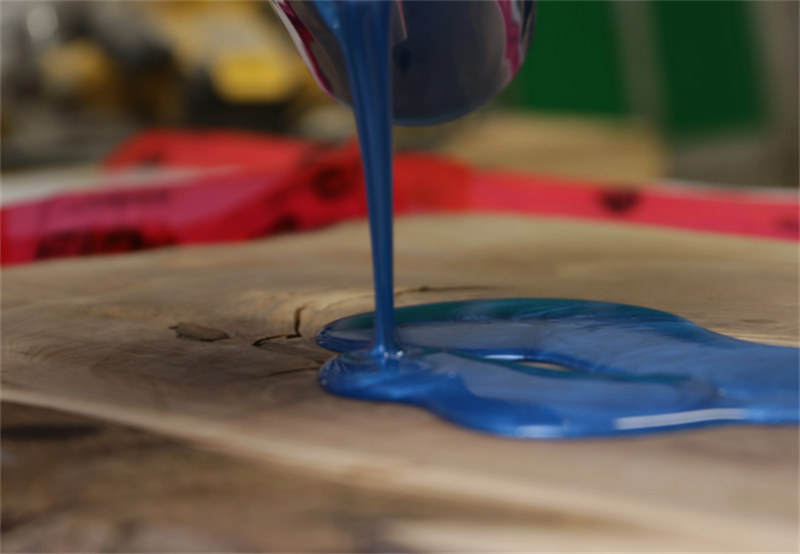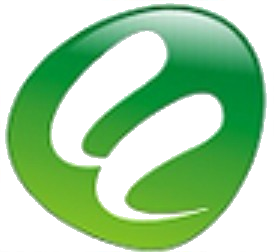Epoxy adhesive
The application of epoxy resin AB adhesive in the production of river tabletops?
Epoxy resin AB adhesive is commonly used in the production of river tabletops. River tabletops are a poPUlar trend in interior design and furniture, where a river-like channel is created in the middle of a tabletop and filled with epoxy resin to create a unique and eye-catching look. Here's how epoxy resin AB adhesive is used in the production of river tabletops:
1. Creation of the River Channel: To create the river channel in the tabletop, the wood slab or other base material is first cut and shaped to the desired size and design. The river channel is typically routed or carved into the wood, creating a groove or depression that will hold the epoxy resin.
2. Surface Preparation: Before applying the epoxy resin, the surface of the wood slab is sanded and cleaned to remove any dust, dirt, or imperfections. This ensures good adhesion between the epoxy resin and the wood surface.
3. Mixing the Epoxy Resin: Epoxy resin AB adhesive consists of two components - the resin and the hardener. These two components need to be mixed together in the correct ratio, following the instructions provided by the manufacturer. It is important to mix the epoxy resin thoroughly to ensure proper curing and bonding.

4. Coloring the Epoxy Resin: Depending on the desired look, the epoxy resin can be tinted or pigmented with various colors. This allows for customization and creativity in the design of the river tabletop. Different pigments and dyes can be added to achieve desired effects, such as a transparent or translucent look, or even a metallic or pearl finish.
5. Pouring and Leveling: Once the epoxy resin is mixed and colored, it is poured into the river channel of the tabletop. The epoxy resin should be poured slowly and evenly to avoid air bubbles and ensure a smooth and level surface. A spreader or squeegee can be used to spread the epoxy resin evenly and level it across the surface.
6. Curing and Finishing: After pouring the epoxy resin, it needs to cure and harden. The curing time can vary depending on the specific epoxy resin product and environmental conditions. It is important to follow the manufacturer's instructions regarding curing time and temperature. Once the epoxy resin is fully cured, the surface can be sanded, polished, and finished to achieve the desired smoothness and shine.
Guangdong Huachuang Electronic Materials Co., Ltd. is a professional adhesive research and development and production enterprise located in Guangdong Province, China. With factories in Guangdong Province, Hunan Province, and Jiangsu Province, China, the company specializes in the formulation and production of various adhesive products, including epoxy resin AB adhesive. Their epoxy adhesive solutions are known for their high quality, reliability, and performance, meeting the diverse requirements of different industries. With a commitment to research and development, production excellence, and customer support, Guangdong Huachuang Electronic Materials Co., Ltd. has established itself as a trusted choice for epoxy adhesive solutions in the market.
related articles
- What are the characteristics of epoxy structural adhesive cured in 5 minutes?
- Is epoxy structural adhesive AB adhesive?
- What are the differences between epoxy structural adhesive and epoxy AB adhesive?
- What is the reason for the non curing of epoxy resin structural adhesive?
- Application of epoxy resin structural adhesive in the electronics industry?
- Which adhesive has the strongest adhesion between epoxy resin structural adhesive and AB adhesive?
- Can epoxy resin structural adhesive withstand high temperatures?
- What are the main applications of epoxy resin structural adhesive?



Post comments